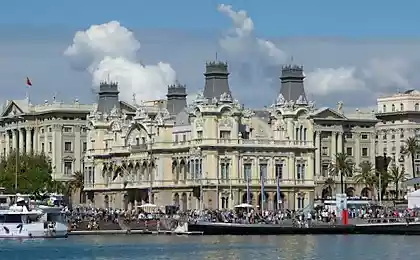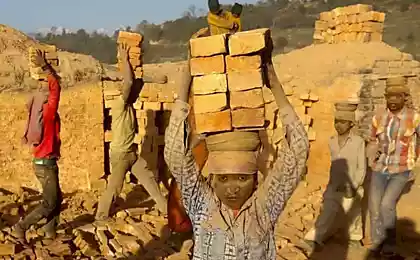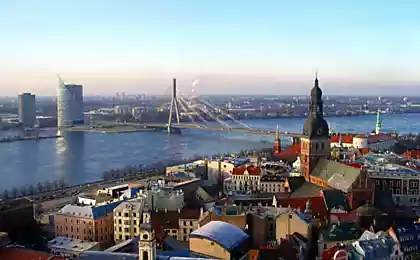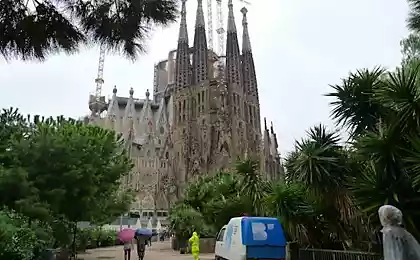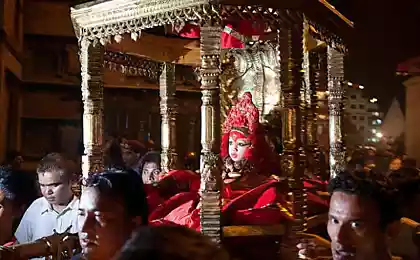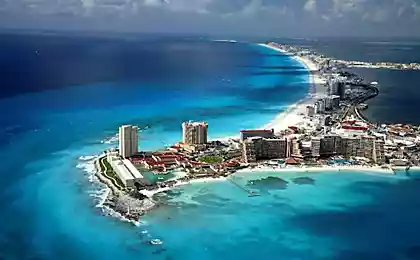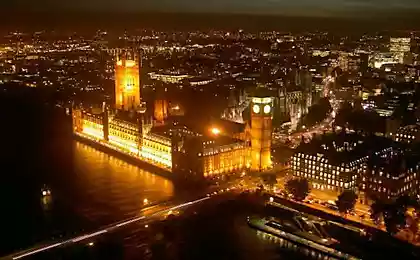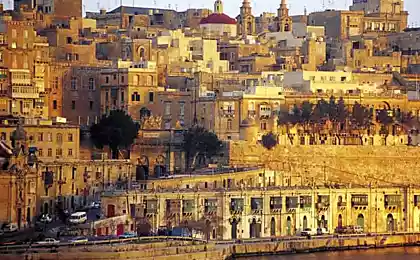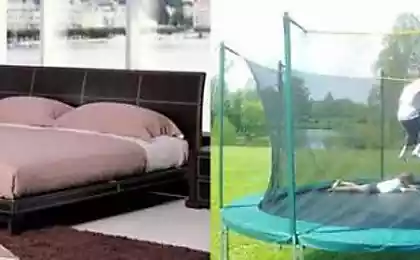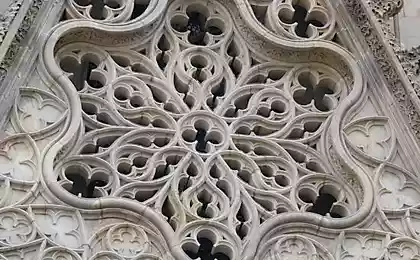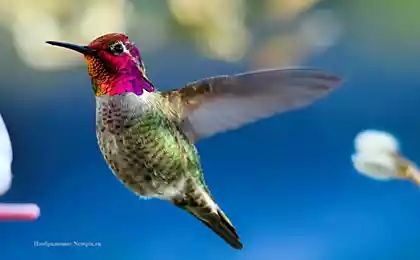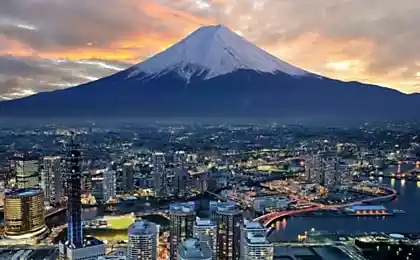963
55 facts about Nepal through the eyes of Russians

Write our regular readers travelers Alexei and Maria Glazunov: Nepal, in our opinion - this is one of the most unusual countries in Asia. Despite their proximity and dependence on India, it has a special charm and draws its originality. We spent a month in Nepal, talked a lot with local, learning about life, worries, problems and dreams of ordinary people ate at one "table-cloth" on the floor. At the end of our stay, we have compiled a selection of the 55 facts about this wonderful country.
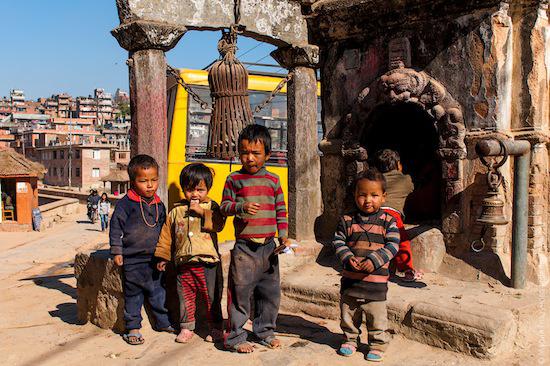
1. to Nepal from India can be reached on foot. Moreover, the border between the two countries is very conditional - Indians and Nepalis move freely and foreigners need to be careful not to accidentally slip past the border guards.
2. visa for 2 weeks or a month you can get at the entrance to the country - at the airport or at the border.
3. Some buses forbidden to carry large bags and backpacks in the cabin - they were being taken on the roof to fit into the cabin more people. Since the inside of all the passengers still do not fit, the rest go along with things - on the roof.
4. One of the sacred sites in Nepal - a stone in the town of Lumbini, near which, according to legend, the Buddha was born.
5. The state flag of Nepal - the only non-rectangular flag in the world (it consists of two interconnected triangles).
6. The difference with the Greenwich Mean Time (GMT) in Nepal is very atypical - it is 5 hours and 45 minutes.
7. Due to the lack of rich natural resources, landlocked, underdeveloped agriculture and transport infrastructure, Nepal is one of the most backward and poorest countries in the world.
8. 90% of the goods and products imported into Nepal from India.
9. Thamel in Kathmandu - is the epicenter of sewing fake mostly sports, clothing brands: Deuter, Salewa, North Face, Columbia, and so on. n. Things sew pretty high quality, and they cost several times cheaper than the original.
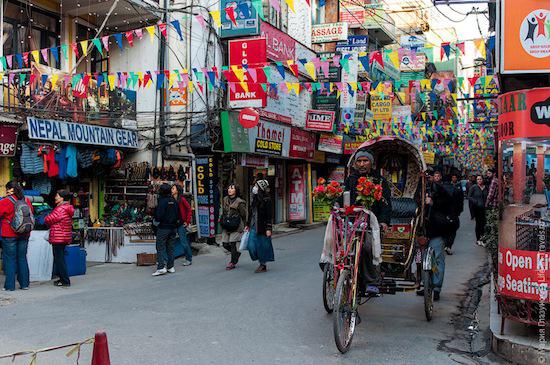
10. About one third of women in Nepal are working in the tourism sector, mainly guides in the Himalayas.
11. Nepal - the only country in the world where life expectancy for men more than women.
12. In the capital, Kathmandu, electricity generated is insufficient to provide both the entire city, so the electricity is switched alternately in different areas scheduled.
13. In the winter months in homes is very cold, the central heating system does not exist, and the electric heaters, usually do not use - it's expensive, and electricity is not always.
14. Many homes Nepalis in the windows have bars, but there is no glass.
15. In order to heat the water, locals pour it in black bins and try to bathe in the afternoon when the water warms up the most, but the street is not cold. As an alternative energy source more affluent residents use solar panels, but their power is enough for it to heat water to just warm state.
16. In winter, the Nepalese home run in caps, warm pants, and sometimes jackets, sleeping well, having covered an additional 2 blankets.
17. Most of the Nepalese Home Affairs are trying to do during the day on the street to get the most sunlight.
18. Some of the locals are quite strange to the conservation of heat - they can be bundled up from head to toe while walking in slippers, resulting in often ill.
19. One of the most popular outlets - a pharmacy kiosks that can be easily found on any street, and cough lozenges Strepsils can buy at any grocery tray.
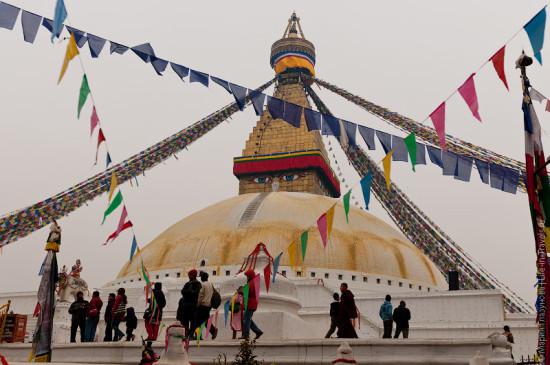
20. In winter, the weather is very changeable. On a sunny day, the air is heated to 22-25 degrees, and you can walk in a shirt and after sunset the temperature drops sharply and falls to 8-10 degrees.
21. in the cloudy winter days to warm the locals bonfires in the street right in front of the house or shop, which employs, where gather all the family gossip, or simply warm
22. Nepalese, even with average incomes, often sleeping on the floor, with side by side with other family members.
23. Sleep is usually fall about 9 pm and get up at 5 am to masimumu use in daylight.
24. Classes in Universities begin at 6 am and end in the 12 days.
25. Typical Nepalese eat two meals a day - lunch around 10 am and dinner around 7pm.
26. instead of breakfast tend to drink a cup of sweet tea with milk.
27. Most Nepalis - vegetarians. The usual meal - a rice and dal (lentil soup), plus vegetable curry. Morning and evening receptions of food do not differ.
28. One of the most popular local dishes in a cafe - a Mo-Mo. In form they resemble dumplings and their steamed or fried in butter and stuffed with lamb or vegetables, and mo-mo house cook very rarely.
29. Meat eat infrequently, mostly lamb, goat, chicken, buffalo or yak meat.
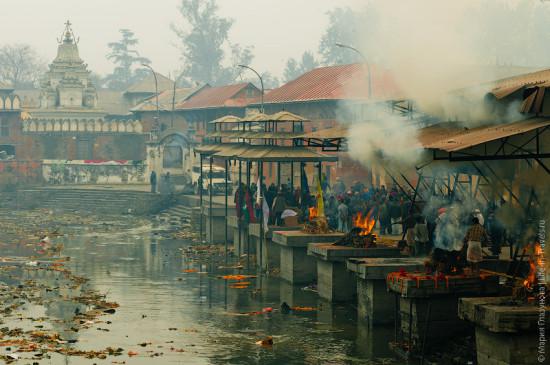
30. Dairy products are not very popular, but sometimes there, including buffalo milk and cheese from yak milk.
31. Beef in Nepal do not eat cows here - sacred animals.
32. In this case, as in India, the sacred animals often walk the streets in the hope of finding their own food and eat almost everything, including cardboard boxes.
33. In Nepal, eat only with your right hand. The left hand is considered "unclean", so to eat the food, as well as to supply or take anything she was not accepted.
34. Kathmandu is one of the largest and the oldest and most visited Buddhist temples in the world - Bodnath Stupa.
35. next to the temples inhabited by many monkeys And they clearly feel themselves masters and behave, often very aggressive - grinning, trying to get into the bag and snatch food.
36. One of stupas Svayambhunath located in Kathmandu, even the so-called - Monkey Temple due to the huge number of primates living there.
37. As in Varanasi, Kathmandu performed the cremation ceremony, they go to the temple of Pashupatinath, which is considered one of the most sacred places for Hindus, to the burning allowed only relatives, but tourists can also watch all action from the opposite bank of the river.
38. Kathmandu Durbar Square is listed as a World Heritage Site, it is focused on the more than 20 small palaces and temples.
39. Bagmati River, which is revered in Nepal, no less than the sacred Ganges in India, is a pretty pathetic, and more like a dirty gutter.
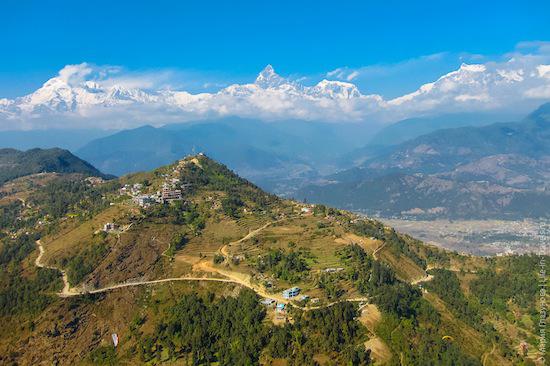
40. The entrance to attractions for Nepalis free or cost a penny, and for foreigners of 10, 20 and sometimes 50 times more expensive.
41. Many tourists who come to the temple and looking at the local, consider it their duty to twist the sacred drums, although few understand their purpose.
42. Despite the fact that Nepal - a very poor country, in general, are cleaner than in India.
43. The city of Kathmandu is quite dusty, so many walking and especially ride motorcycles in bandage covering his mouth and nose. And the dressing is often not a simple one-color and bright, colorful, with different patterns.
44. Nepal - the most mountainous country in the world. About 40% of its territory is situated at an altitude of 3000 m.
45. In Nepal, there are 8 of the 14 "eight-thousanders" - mountains above the height of 8000 meters, including the highest mountain in the world - Mount Everest (8,848 m).
46. for trekking in the Himalayas is necessary to issue two documents - permit (permission to visit the protected area) and TIMS (registration card in the search and rescue service). They are valid for one visit, but stay in the mountains is not limited to - at least one day, at least one year in advance to describe your main route and its duration.
47. Everything you need for tracking - from clothing and shoes to backpacks, sleeping bags, cats and studs, as well as route maps and sunglasses, can be purchased in Thamel in Kathmandu or Lakeside in Pokhara - prices are lower, than in Russia. All this can also be rented for a daily fee, or buy a new, and then return by the same vendors for half the cost.
48. Overnight in mountain villages is very cheap (from $ 1.5 per room), sometimes even offer free, in exchange for the promise of dinner and breakfast at the same owners. Sometimes you can find accommodation with hot water in the shower.
49. In every guesthouse in the mountains, without fail, there is a stove, which is flooded in the evening, and around which gather tired and frozen tourists.

50. The food in the village is offered by a single menu with fixed prices, which increased climbing (price per meal of $ 2, 5).
51. One of the features of the mountain the menu - is the presence of large thermos of tea, offering some guest-houses. Since trekking day ends already at 4 pm, the remaining time is good to while away with the help of three-liter thermos :)
52. Snow in the mountains appears at about 2500 meters.
53. for a mountain hike, you can take a porter - porter who will carry heavy things. Endurance porters amazing - they carry loads of 30-40 kg, wherever not prepared tourists barely rising light, barely moving his feet from the altitude sickness.
54. Earnings porters is $ 10 per day, which is a good income for the Nepalese, with the work with tourists is considered to have great luck, because otherwise would have to bear even more a heavy load for less money. < br />
55. One of the top attractions in Pokhara - a glider flight over Lake Phewa, among the Himalayas.
Alexei and Maria Glazunov, www.life-in-travels.ru
via factroom.ru
China selektsioniruet children in the hope that society will be more geniuses
One minute goes 204000000 letters 6000000 viewed pages on Facebook and playing 1300000 clips on Youtube
